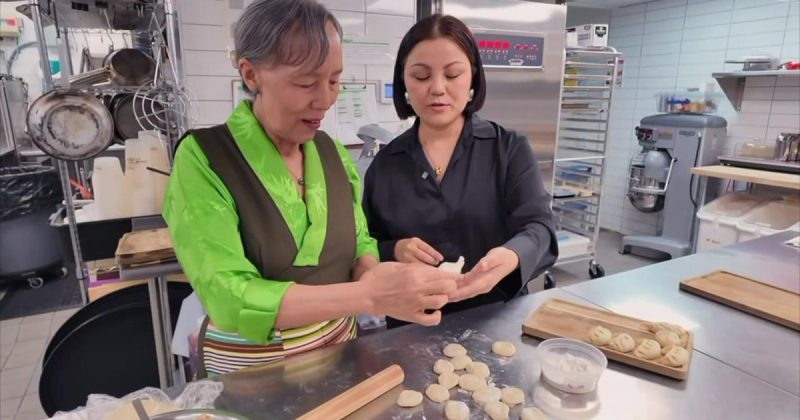
In the bustling heart of New York City, amidst the towering skyscrapers and vibrant energy, lie pockets of rich cultural heritage. This is especially true during Asian American and Pacific Islander Heritage Month, a time to celebrate the diverse tapestry of communities that make up the city’s identity. This year, we’re focusing on the vibrant Nepali and Tibetan communities, whose traditions are not only being preserved but shared with the wider New York population. These communities, among the fastest-growing immigrant groups in the city, are finding innovative ways to pass down their customs, creating a unique blend of Himalayan culture and modern urban life.
One such example is Sonam Sangmo, partner and creative director at Oases Restaurant in the city. Sangmo, who learned to make momo dumplings from her mother at the age of three, now shares this cherished family tradition with her customers. More than just a culinary experience, her restaurant offers a taste of Tibetan culture, including the carefully crafted ayurvedic chili oil that accompanies her momos, reflecting the principles of kindness and karma central to Tibetan Buddhism. The restaurant also features handmade Nepali goods, including soothing cushions and singing bowls, further immersing visitors in the unique atmosphere of the Himalayas.
The growing presence of Nepali and Tibetan immigrants is particularly evident in Queens, specifically in Woodside and Jackson Heights. The United Sherpa Association, located on 75th Street, serves as a vital hub for these communities. Open daily, this center provides a space for prayer and cultural preservation, its monastery adorned with the traditional five colors representing earth, water, fire, air, and sky. Temba Sherpa, the organization’s president, highlights the increasing number of people moving to the area, drawn by the promise of better business opportunities and educational prospects. The center actively works to promote and preserve the Nepali and Tibetan languages, dances, and music, showcasing their rich cultural heritage through various events and ceremonies, some drawing thousands of attendees to their second location in Walkill, Orange County.
Sangmo’s perspective beautifully encapsulates the essence of cultural preservation and adaptation within the New York context. For her, maintaining a connection to her Tibetan heritage has been integral to her identity, shaping her actions and encouraging her to spread positivity and kindness. This dedication to cultural preservation is a testament to the resilience and adaptability of these communities, who are not only thriving in their new home but actively enriching the cultural landscape of New York City. The vibrant tapestry of the city is made richer by the threads of Nepali and Tibetan cultures, woven into the very fabric of its diverse population.










